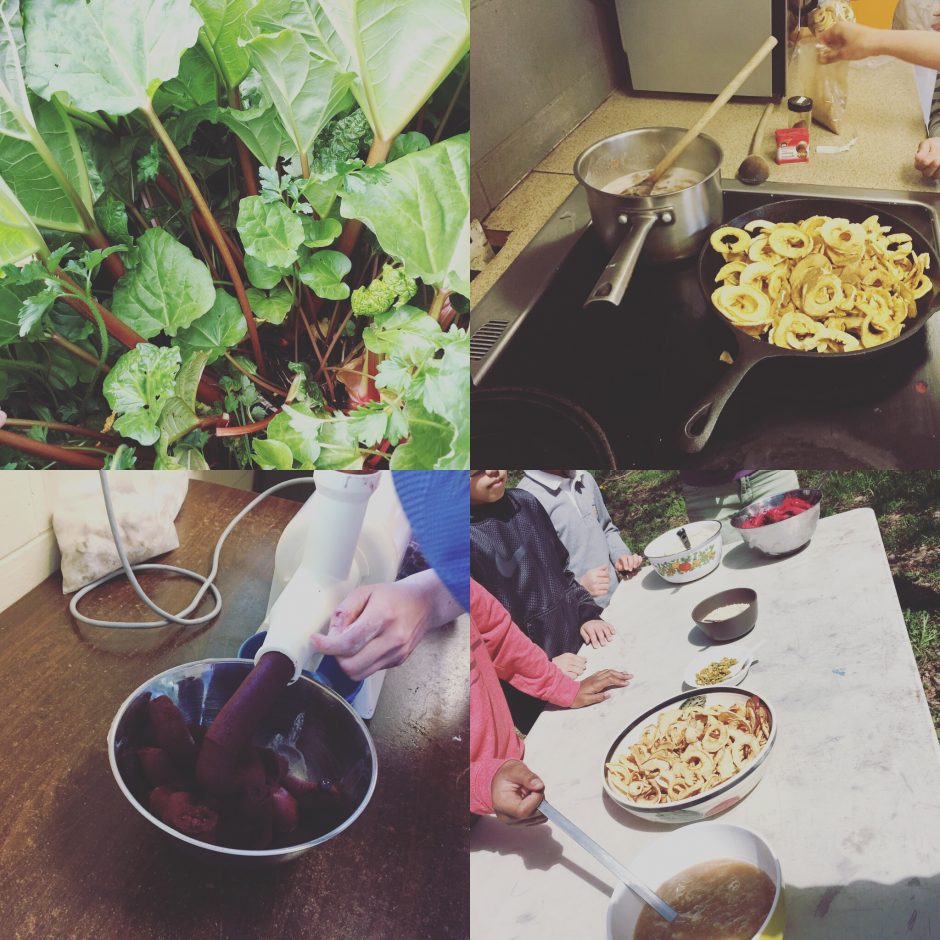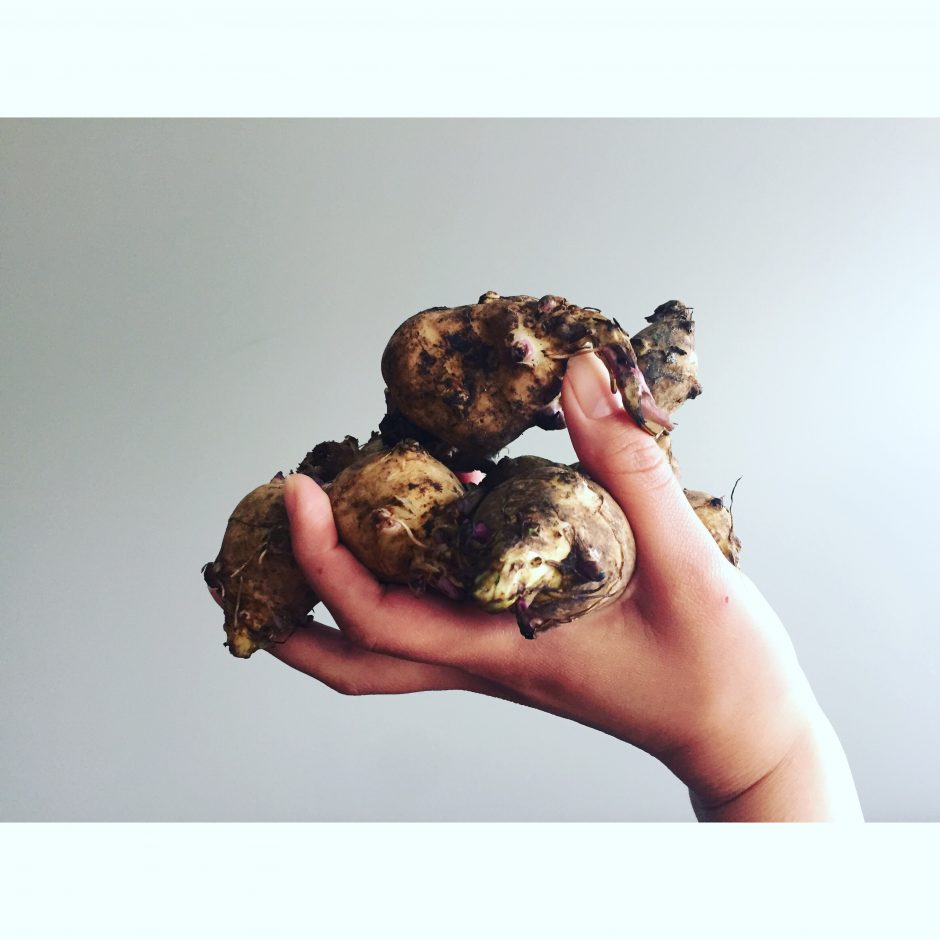
What comes to mind when you think about “nutritional education?” Think about it for a moment. Perhaps your mind leaped to the Canada Food Guide and flashed with images of fruits and vegetables – lists and diagrams of how much of each colour you should eat a day. Maybe it wandered into thoughts about dieting and long nights of food prep and portioning. Though you wouldn’t be wrong, nutritional education can be much simpler, much more relevant, and could really be the missing piece in understanding and appreciating the food that we eat. It could serve to bridge the gap between people and mother earth.
What exactly am I talking about? I’m talking about learning where our food comes from – Who grows it? Where does it grow? When does it grow? Why do we need to eat it? These are questions that sadly many of our youth do not have the answer to, yet they very much reap the benefits of a healthy harvest at breakfast, lunch, and dinner. In fact, they depend on it.
So, what can we do? The revised BC Curriculum, with its renewed focus on interdisciplinary learning and emphasis on community partnerships, encourages and empowers teachers to take their students to the source of the information. Where might that be? How about the garden? In working with the UBC Intergenerational Landed Learning Project, I have become inspired, as I have seen with my own two eyes, tasted with my own tongue, and felt with my own two hands the life cycle of what nourishes me.
For the past week, I have spent my days in the mild April sun talking and playing with young children as they plant their spring time seedlings into their garden beds, scurry to fetch water to hydrate their soil, and teach me about all the reasons why they must do these things to care for their crops. I was truly in awe. Not only did they know what they had to do, but they understood why. What’s more, they beamed with pride when had the opportunity to cook up treats for their classmates from the food they grew in their very own gardens! How incredible is that?! These youngers were connecting with the earth in ways that made them appreciate the abundance they are blessed with and equipped them with the know how to continue these practices for the rest of their lives. All I could think, being a secondary teacher, is “when do the high school kids get here?” Imagine the learning that could happen!

The changes in the new Physical Education curriculum reflect a holistic concept of what it means to be physically literate. With the inclusion of mental, sexual, and nutritional health topics, the P.E. classroom is the perfect place to include a unit in the garden. On top of the health benefits of being active in the outdoors, children will get a chance to learn about topics such as: food security and sustainability, indigenous plant life and its medicinal units, and you guessed it – nutritional education! The ways to make this happen are really limited to your imagination.
I’d like to share with you’re a little example of this kind of learning in action. I look no further than the plate of hot food that sits in front of me. Yesterday at the UBC Farm, one of the wonderful farm volunteers brought bags of sunchokes from her own home garden to share with everyone. I had never heard of this vegetable before, let alone tried it! I took a few handfuls and was merrily on my way. After a quick google search on how to cook them, I began the process. It was simple: a little salt, pepper, and thyme and I popped them in the oven to roast. As they were cooking I did some reading on what these funny looking vegetables were. I learned that they are indigenous to North America and that they are a species of sunflower! I also learned that they are high in iron, fibre, thiamine, and other important vitamins. If you don’t know much about iron, an important thing to know is that it is critical in the role of supplying oxygen to our
bodies to give us energy. Energy to walk, run, laugh, love, and enjoy the beautiful word that we live in. As I ate my food I was filled with a level of thankfulness that doesn’t always come at every meal. Knowing where my food came from, the hands that cultivated it, and the nourishment it provided for my body gave me a renewed appreciation for this beautiful earth.
This article was written by Sonia Portillo, a teacher candidate in the UBC Faculty of Education who was completing a Community Field Experience with Landed Learning